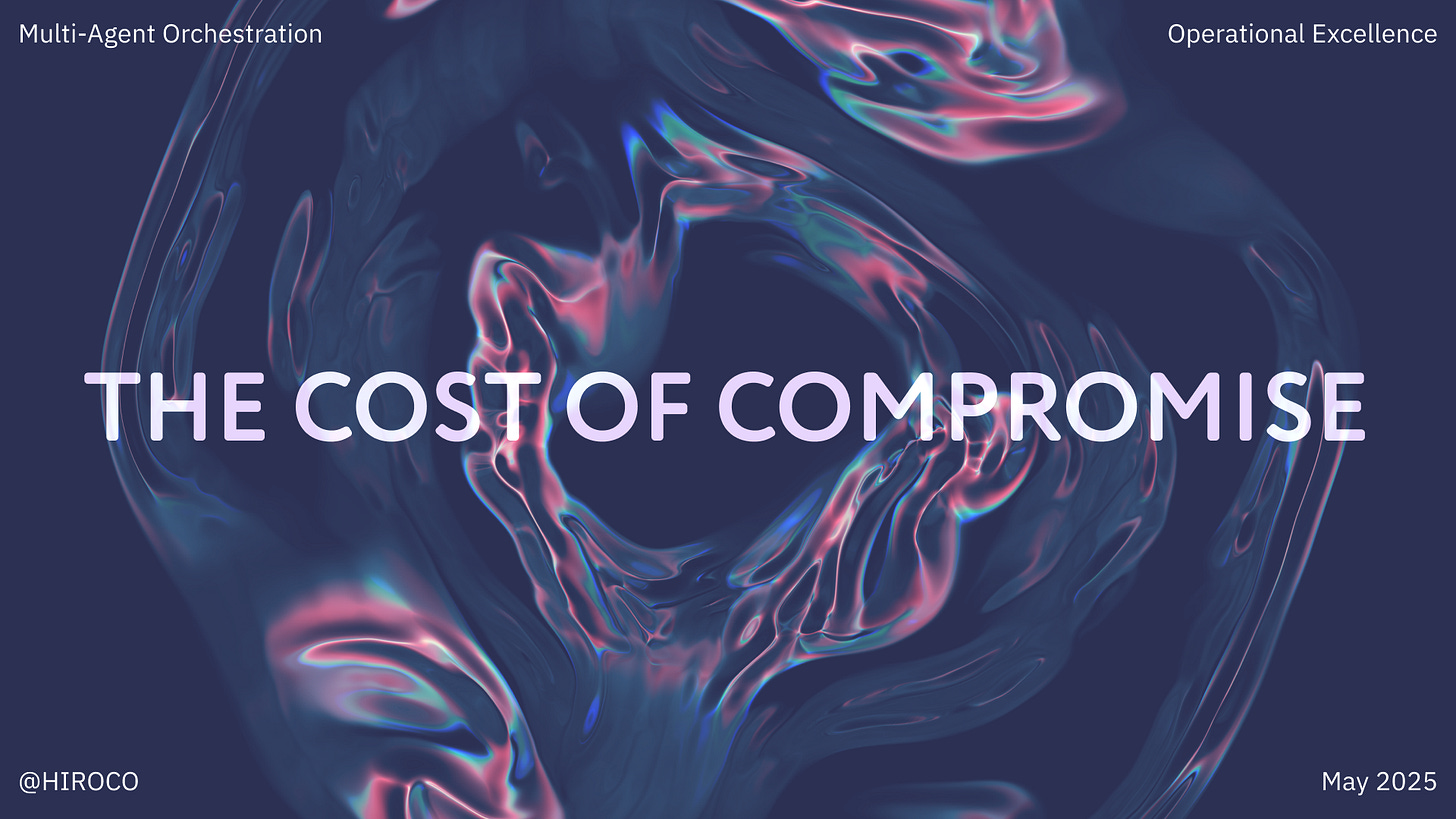The Hidden Costs of 'Good Enough'
Why Optimal Planning is the Foundation of Operational Excellence
In the world of operations, there's a significant difference between finding a solution and finding the optimal solution. It's a distinction that can cost organisations millions, yet it's often overlooked in the rush to implement new technologies.
Let's start with a simple analogy: imagine solving a Rubik's Cube where each move costs your business $100.
Would you be satisfied with any solution that gets all the colours aligned? Or would you want the solution that requires the fewest twists and turns?
The Real Cost of Suboptimal Solutions
Traditional planning methods, including many AI approaches, might find a way to solve your operational challenges. But here's the crucial question: at what cost?
Consider these hidden expenses:
Direct Operational Costs
Every unnecessary movement
Under-utilised resources
Redundant processes
Excess inventory holding
Opportunity Costs
Missed delivery windows
Limited capacity for growth
Reduced market responsiveness
Customer dissatisfaction
The Mathematics of Certainty
This is where the science of optimal planning (Multi-Agent Orchestration) through SAT-solving technology becomes crucial and is unique. Unlike probabilistic approaches that might get you "close enough", SAT-solving guarantees the best possible solution for your specific parameters.
Why does this matter? Because in complex operations:
A 1% improvement in efficiency can mean millions in savings
Every suboptimal decision compounds over time
Resources freed through optimisation can fuel growth
Competitive advantage comes from consistent excellence
The Path to Optimisation
The journey to truly optimal operations requires more than just implementing new technology. It demands a fundamental shift in how we think about planning and optimisation.
Key Considerations:
Define what "optimal" means for your operation
Understand the full scope of your planning needs
Calculate the real cost of suboptimal decisions
Consider the long-term implications of your planning approach





